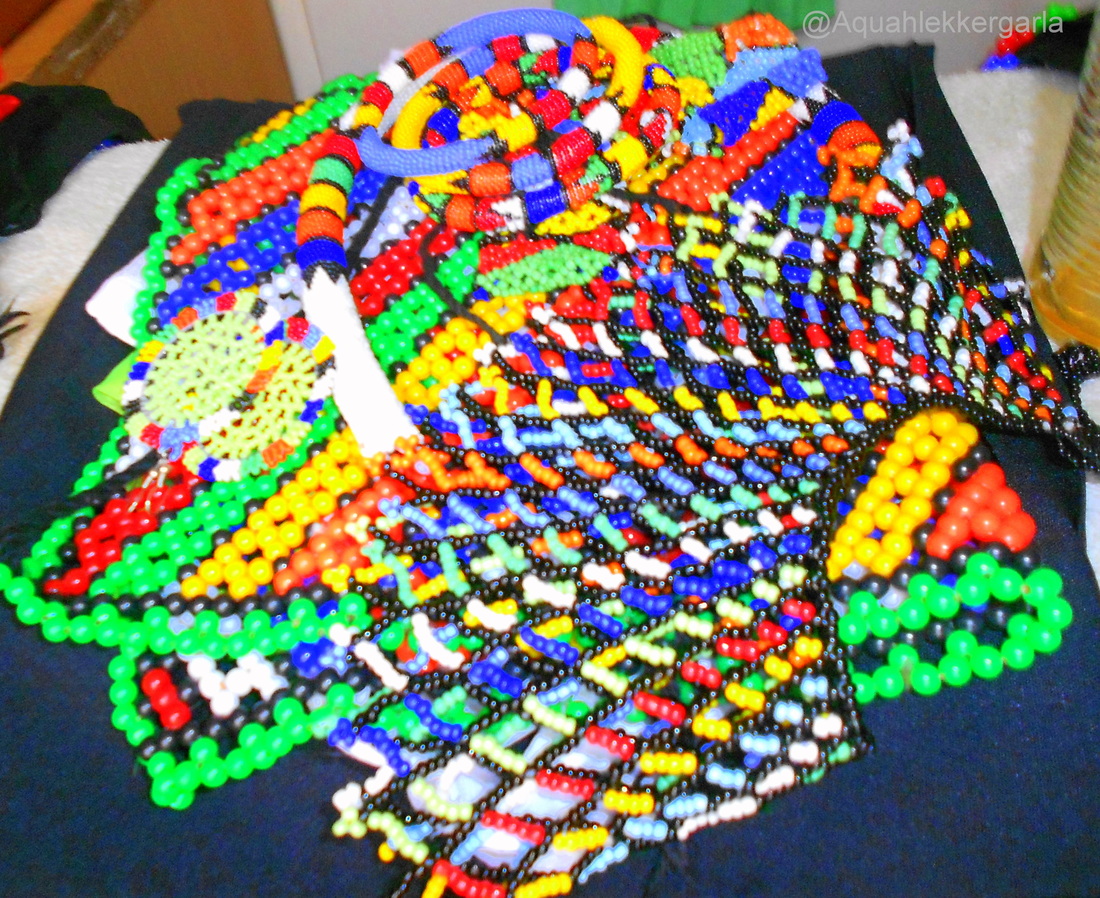
Facts about african patterns 1: The african pattern and style.
![100+ Best Aztec Tattoo Designs [Ideas & Meanings in 2019]](https://tattoo-journal.com/wp-content/uploads/2016/12/Aztec-Tattoo_-32.jpg)
Designed in 1950, the pattern is set in big squares à la adinkra, adire and other african handmade textiles and has a decorative background to prevent any cracks caused by the batik process being seen.
African patterns and meanings. The patterns created by the brightly colored threads often represent common motifs, religious beliefs and political commentary. They are able to hold colours other textiles cannot, and the designs themselves act as a cultural currency and history for the beholder. You’ll find these sophisticated patterns (usually in black and white) on afrocentric dresses, tops, pant suits and more.
Geometric patterns might include parallel lines and repeated curves, zigzags and spirals, or even a checkerboard. African names represent ancestral meanings from the first tribes on the planet to modern day societies. Being the largest continent on the planet and encompassing a large variety of cultures and people, there is rich diversity in parenting traditions.
On top of their vibrancy, t hey are fabrics full of hidden messages. Each symbol, color, and even the shape of the clothing can have a specific purpose or meaning. Designed in 1950, the pattern is set in big squares à la adinkra, adire and other african handmade textiles and has a decorative background to prevent any cracks caused by the batik process being seen.
Bold pattern either painted, embellished, carved or etched is a powerful and expressive component of african mask design. Facts about african patterns 1: For instance, complex braided hairstyles often adorn the head of female masks.
Wax prints are a textile like no other. This is a tribal marking which most of its carriers are girls from benin, it consists of a grid pattern on the face. Adinkra patterns are numerous, ranging from crescents to abstracts forms;
African clothing can also be a symbol of creativity, status and allegiance to african tribal roots. If you check out the african pattern on various items, it comes in symmetrical or geometrical pattern. Typically made from fermented mud, this cloth originates from mali’s bamana culture.
Wearing african clothing means so much more to many people than simply being a fashion statement. Once wielding great economic power selling gold and ivory to the british and other countries, today these kings and chiefs are more symbolic. The uniqueness of african patterns.
There are a lot of symbols and meanings to all the items that are put together to create a specific african pattern. The african mask is decorated with pattern. Mud cloth was originally a show of status, and many african american woman still wear mud cloth prints with pride.
African patterns possess an individuality based on the designs that they use to create a pattern. The uri are temporary colorful arts drawn on the body for celebrations, ceremonies and what have you. Women in the culture are wrapped in this fabric pattern after their initiation into adulthood and following childbirth.
The nki are drawn on bodies to signify strength. Adinkra cloth, kente cloth, bogolanfini, and adire cloth. Let us have a look at the importance of colours found in african fabrics online.
Nsibidi drawings and their meanings. Facts about african patterns 2: See more ideas about african, african pattern, african art.
The colors are of particular significance as they interpret the meaning of the pattern, with red symbolizing death, green meaning fertility, white expressing purity and blue signifying love. Bold patterned kitenge wraps, zanzibar, ca 1900. Each pattern would tell a story, but only to those who understood the meaning of the symbols.
Representing a generation of north african artists born in france and living in the west, sedira examines the shifting of identities and. But it does not look plain since the artist applies it in various ways. The african pattern and style.
They have been used in african rituals and ceremonies for a long time. Interesting facts about african masks. Tailors don�t make clothes simply for appearance sake;
Most patterns tend to be geometrical and symmetrical and often provide distinguishing marks for identifying whether the mask is male or female. African clothing can be a symbol of status, creativity, and allegiance to tribal roots. Geometric patterns are sometimes used to distinguish male from female masks.
As stated in “the spirit of african design”, adinkra means “farewell” and was used for funerals and to bid a formal farewell to guests. Each of the symbols carries it own significance and represents events of daily life activities. Many african masks are highly stylized with geometric patterns on their surfaces.
African masks have a rich varied history. These patterns are based on realities and the daily experiences of the african tribe. In their culture, this african pattern is typically worn as a form of camouflage for hunters and as a badge of status for ritual protection.
Good marriage good bed symbol of a good marriage from the expression that a woman who has a good marriage is said to sleep on a good bed.